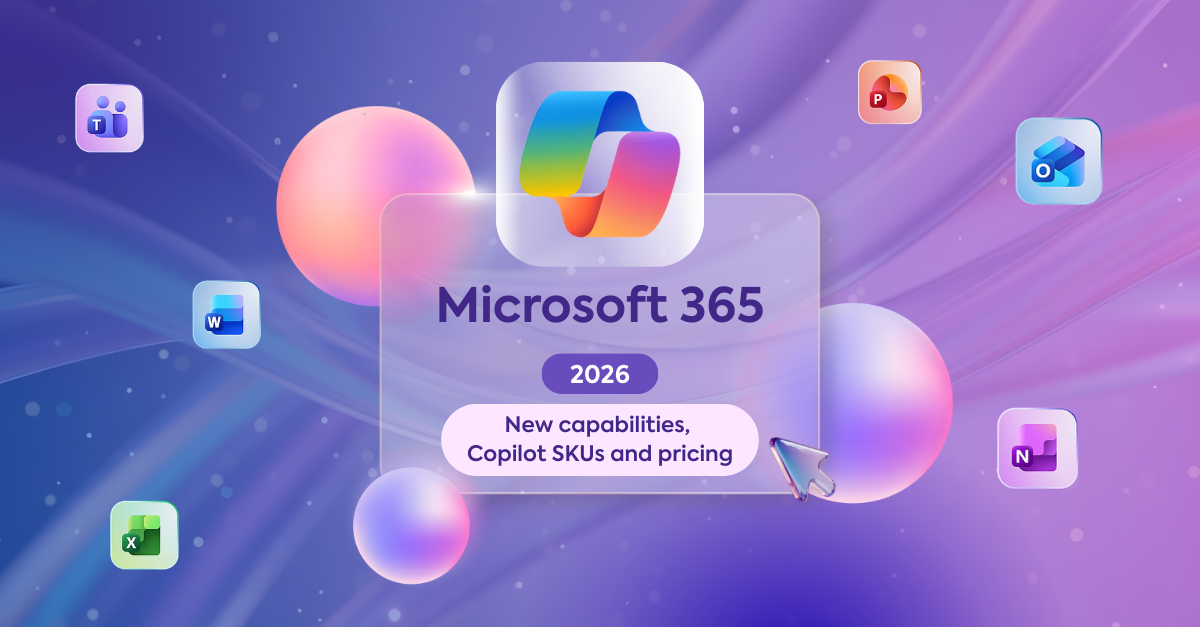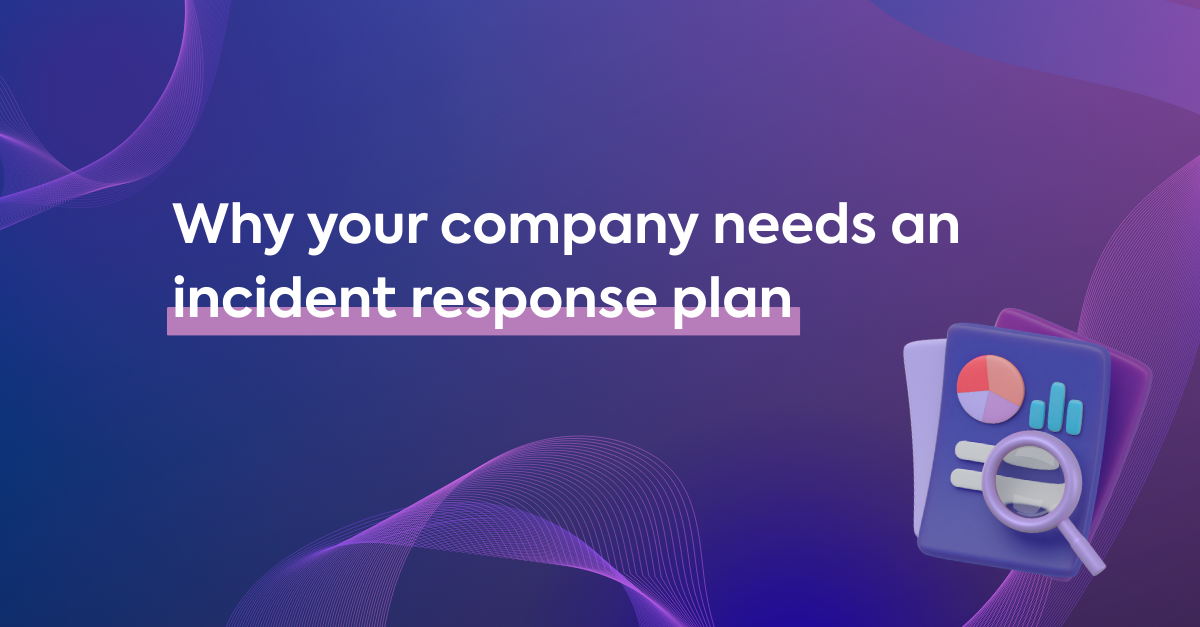Everyone understands that intranets have become a necessity for modern companies. They offer efficiency and competitive advantage, but it's also a lot of work.
You can easily get started with something standard. But don't neglect the idea of building custom apps for your intranet. That's where the magic lies.
The primary function of an intranet is to make work processes more efficient and empower employees at their jobs. It also offers better knowledge management and gives access to important documents/files to employees.
Most small business owners don't realize that they need an intranet because they feel like their employees probably won't use it. However, lack of communication can cost you a lot in terms of workflow. So if your team only communicates through email, you are wasting time. You need to make collaboration easier inside your company.
Here are a few tips to make sure your intranet is a success!
1. Have a clear vision
The first step is to decide what you want your company to do with the intranet. What will be its focus? Will it have a communicative function, or will it include other modules as well? Is there any need for extra software/apps to make work processes and collaboration even more efficient and seamless, and which one(s)?
Taking time to make these decisions beforehand can save you a lot of time later on. You don't start working on features that aren't relevant or useful.
This approach has proven especially effective in companies that went through big changes like MBO 's or mergers. These companies often have a lot of employees that aren't used to internal communication and collaborative workflows. It means they require a better way of collaboration first, and to improve communication later on.
Identify who will use your intranet and what kind of information they want from it. In case you only have one department, some things might be obvious. If your company is bigger -with different departments, locations, etc.- you need to plan according to the needs of each of them.
This might seem obvious, but you'd be surprised how often intranets are implemented without any input from employees.
You should always start by identifying who will use your intranet and what kind of information they want to see.
Then you to make it as easy as possible for them to adopt the platform.
2. Make it easy to adopt
It's really important to make your intranet easy to use and to adopt. If you provide people with a platform they can't adopt, it won't be of much use to them, especially in the long run.
So, when thinking about your users, try to think beyond their role in the company. Think of millennials who are used to collaborating and sharing information on social media. And who do so mostly via mobile devices.
Your team might not be as familiar with the tools that we usually see on enterprise intranets. Or maybe most of them only want an emailing system while others want an easier way of collaborating.
3. Publish a lot of content
You should try and publish as much relevant information on your new intranet as you can. Make sure that everything is available via one platform. It shouldn't be necessary for users to switch between different apps or websites. Add extra features like notifications, alerts, etc.
Make it easy for your team to publish info using the tools/apps you've decided upon previously. Together with a CMS which might be a part of your intranet software/apps. Think of Confluence or SharePoint.
You should have people publish the information they want to access on the platform themselves. If you do it for them it won't be as up-to-date and relevant as they need it to be. This way you also make sure that all employees are using it and know how to use it. It's really important not only from a UX perspective but also from a business point of view. Less time invested in updating the website means more time that can be spent on other tasks.
4. Have your emails on it
Make sure that you include your email provider on your intranet. Why? Because email is still the primary method of communication in most companies.
Why not try having one platform where all employees (and, if you're lucky, outside people like partners, suppliers, etc.) can access company info/documentation and communicate with each other?
Just think about how much time and money you could save by having everything accessible from one place! Do you already use an enterprise communication app? Try integrating it with your intranet so employees can have everything in one place.
Communication is essential for any business so why not make it easier?
5. Offer a wide range of features
Offer a wide range of features on your new intranet. That way, you can cover as many people as possible and keep them engaged for longer! It needs to be useful for everyone in the company, not just managers or IT staff.
You'll probably need support from someone who knows more about how people work than just their professional roles (e.g., HR). They can become an integral part of your team and help you choose the best features for your company.
You should also make sure that everything has been tested properly before launching. Everything needs to be intuitive and easy to use. People don't have patience for complicated features they find hard to grasp or don't work as expected.
Allow people access from mobile/tablet devices. Employees might decide not to use your platform if their only option is a PC. So why not allow them access from anywhere?
It's worth considering because employees are used to getting stuff done on the go. And outside of working hours too. It also helps keep everything accessible even when they're offline.
6. Give employees incentives to collaborate on the intranet
Give them incentives to interact with one another by giving out rewards for writing an article on the intranet. You could also think of different types of ranks that are given based on the number of merits you've received, e.g., Junior Member, Member, Senior Member, Specialist, Expert...
This will encourage people to contribute more and share their knowledge. This is good for business because you'll be tapping into all possible resources in your team!
Another incentive could be allowing employees access to quality training courses or webinars through your platform!
7. Make preparations ahead of launch
You should definitely let everyone know about your intranet before it's actually launched. You Accept want employees to be ready for what's coming.
Don't forget about training sessions too. Everyone needs to learn how to use the platform. Then they can actually contribute with something!
Conclusion
An intranet can be really beneficial for your company if you do it right. Keep in mind that you should plan everything out before launching this platform. If people are given a difficult-to-navigate website/app then they're likely to get turned off by it!
You don't want your employees complaining about the lack of information or being confused.
Focus on simplicity instead of adding too many features. People will feel less overwhelmed and will use the platform faster when their expectations are met.
If you simplify things, let people know about the launch beforehand, and plan it out properly, then your intranet implementation will be a success!



